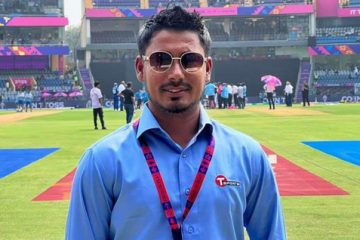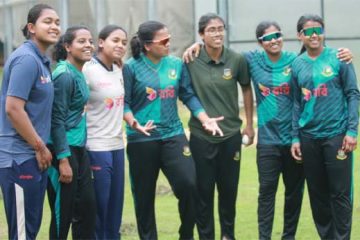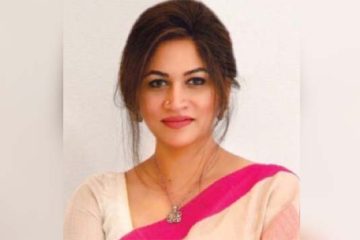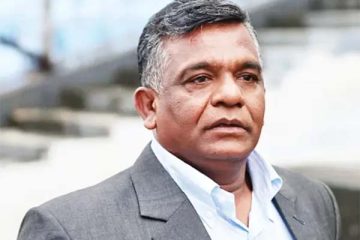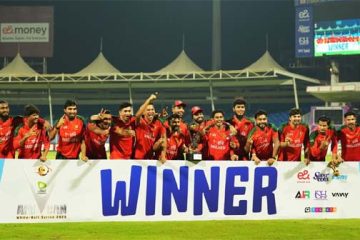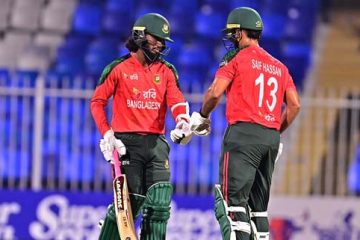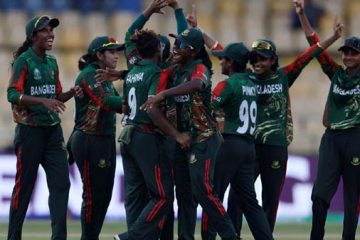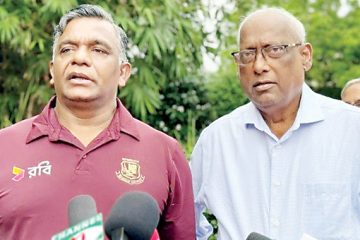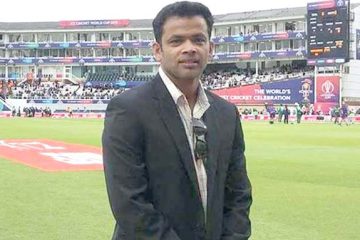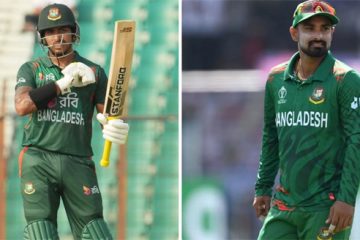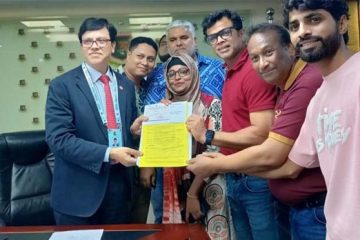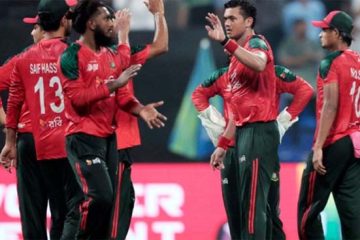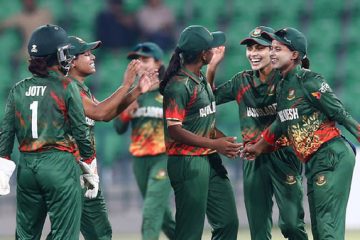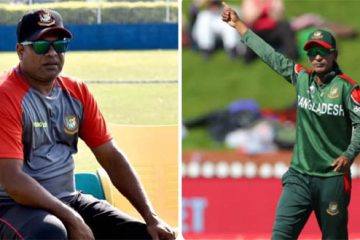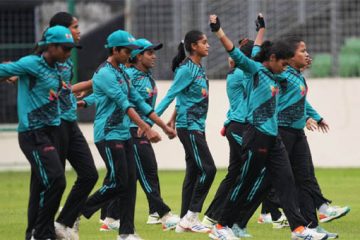ICC Cricket World Cup South Africa 2003
Australia first, daylight second
The 2003 World Cup was cricket’s eighth global event and it was jointly hosted by South Africa, Zimbabwe and Kenya. It was also the largest World Cup in terms of the number of teams participating. Bangladesh had become a Test side in November 2000, and joined the nine other Test nations, while Kenya had been awarded ODI status. Three associate teams were included from a separate qualifying tournament. They were Namibia, Canada and Netherlands.
The fourteen teams were divided into two groups, and like the 1999 edition, the top three would progress to the Super Six stage, carrying through the points won against fellow qualifiers. In the Super Six stage, each team would play the three qualifiers from the other group, with the top four at the end of the round going through to the semis.
Champions: Australia
Even before the tournament started they suffered a blow that would have derailed any other team. On the eve of their first game against Pakistan, champion spinner Shane Warne failed a dope test and was sent back home.
Australia then played Pakistan as if nothing had happened and brushed aside a strong team by 82 runs. This assurance was born of the knowledge that each player in the side could put in a match-turning performance.
The openers were the murderous pair of Matthew Hayden and Adam Gilchrist. Hayden was a bully of an opener; Gilchrist scored his runs at a strike rate of 105 while finishing fourth in the tournament batting charts. At number three, captain Ricky Ponting was his side’s highest scorer and the third highest for the Cup. His coup de grace came in arguably the most important match of his life; the final of the tournament.
Against India at Johannesburg, he played an innings of astounding aggression as he flayed the bowlers of the second best team in the tournament for a violent, unbeaten 140 off 121 balls with eight sixes. The World Cup was Going only one way after that.
The rest of the middle order were made up by the elegant Damien Martyn, left-handers Darren Lehmann and Michael Bevan, and allrounder Andrew Symonds, whose big-hitting prowess coupled with tidy medium pace bowling gave the side an extra edge.
The bowling, even without Warne, was exceptional, especially on hard, pacy South African pitches. Leading the field was the great Glenn McGrath, who finished third on the bowling charts with 21 wickets. Sharing the new ball with him was one of the world’s two fastest bowlers, Brett Lee, who went one better than his opening partner with 22 wickets. The third seamer’s spot was contested for a while between Jason Gillespie and Andy Bichel, After Bichel’s brilliant all-round performance against England (seven for 20 and 34 not out), he was the one the selectors put faith in for he rest of the tournament. The sole specialist spinner was Brad Hogg, the left-arm chinaman bowler, who kept things tight and made crucial breakthroughs in the middle overs.
With the exception of one match against England where it went down to the last over, Australia were not even stretched in any of their matches. They obliterated India in the final, and became the first country to boast three World Cup trophies.

